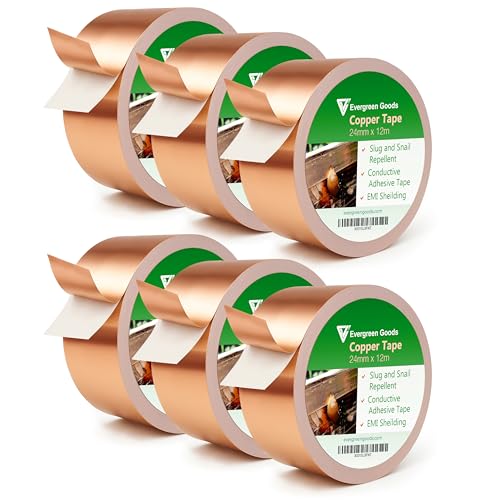








Typically, a canine may experience digestive troubles lasting anywhere from a day to several days. If it persists beyond 48 hours, a visit to the vet is advisable. Immediate attention is crucial if you notice accompanying symptoms such as vomiting, lethargy, or blood in the stool.
Adjusting their diet can often aid in recovery. Offering bland foods, like boiled rice and chicken, can help soothe their stomach. Hydration is also key, so ensure fresh water is always available. If your furry friend refuses to drink, consider an electrolyte solution specifically designed for pets.
In my experience, I’ve encountered similar issues with my own pet. After a quick trip to the park, my pup had an upset stomach. I monitored her closely, ensuring she stayed hydrated, and introduced a simple diet for a couple of days. Fortunately, she bounced back quickly, but I learned the importance of vigilance during such times.
Common Causes of Loose Stools in Canines
Dietary changes often trigger a sudden shift in bowel habits. Introducing new foods too quickly or giving table scraps can upset the stomach. It’s wise to transition to new diets gradually over several days.
Ingestion of foreign objects is another frequent culprit. I once found my pup chewing on a plastic toy, which led to a messy situation. Always monitor what your furry friend picks up during walks or at home.
Allergies can also play a significant role. Some pets react to specific ingredients in their food or environmental allergens. If you suspect allergies, consider consulting with a vet for appropriate testing and dietary adjustments.
Parasites, such as worms, are common in pets, especially if they haven’t been regularly dewormed. Regular vet check-ups can help in early detection and treatment. A personal experience involved my previous pet, who had a bout with worms; quick treatment resolved the issue.
Infections caused by bacteria or viruses can lead to soft stools. Symptoms may accompany fever or lethargy, signalling a need for veterinary attention. Keeping vaccinations up to date is crucial to prevent these infections.
Stress is often overlooked. Changes in the environment, such as moving homes or the arrival of a new family member, can be overwhelming. I’ve noticed my pup’s stomach reacts during periods of high anxiety.
Underlying health issues, like pancreatitis or inflammatory bowel disease, may also manifest as loose stools. If changes persist beyond a day or two, consulting a veterinarian is essential for proper diagnosis and treatment.
Monitoring Your Pet’s Condition
Regularly observe your furry friend’s behaviour and physical state. Take note of eating habits, energy levels, and overall demeanour. Keep a diary to track any changes, as this can provide valuable insights for your vet.
Pay attention to the consistency and colour of bowel movements. A significant shift can indicate underlying issues. If you spot anything unusual, such as blood or mucus, document it. This information is crucial for your vet’s assessment.
Hydration is key. Ensure your pet drinks enough water, as dehydration can be a concern. Check for signs like lethargy or dry gums. If your pet is reluctant to drink, try offering ice cubes or low-sodium broth as alternatives.
Monitor weight regularly. Sudden weight loss can signal a serious problem. Use a scale or compare your pet’s body condition to established guidelines. If you notice any discrepancies, consult your veterinarian.
Watch for any additional symptoms like vomiting, abdominal discomfort, or changes in activity levels. These could accompany digestive issues and warrant prompt veterinary attention.
Keep a close eye on social interactions. If your companion becomes unusually withdrawn or aggressive, it may indicate discomfort. Changes in behaviour can often be the first sign of illness.
Communicate openly with your vet. Share all observations, as this can greatly assist in diagnosing any issues. Being proactive helps in managing your companion’s health effectively.
When to Seek Veterinary Assistance
Immediate consultation with a vet is crucial if symptoms persist beyond 24 hours. This timeframe is critical for assessing dehydration and potential underlying health issues. If you notice blood in the stool or your pet seems lethargic, seek help right away.
Signs Indicating a Need for Professional Help
Look for additional symptoms such as vomiting, loss of appetite, or abdominal pain. If your furry friend displays any of these signs, don’t hesitate to contact your veterinarian. Weight loss over a short period is another alarming indicator. Keep a close watch on their water intake; signs of dehydration include dry gums and excessive panting.
Supplementary Measures
While waiting for your vet appointment, monitor their food intake and consider adjusting their diet. Some owners find that a raw diet can aid in bladder health. For more information, check out will raw food help my dogs bladder. Always consult your vet before making significant changes to their diet.
Trust your instincts as a pet owner. If something feels off, don’t wait. Your companion depends on you to make the right decisions for their health.
Home Remedies and Dietary Adjustments
Start with a fasting period of 12 to 24 hours. This allows the digestive system to rest. Always ensure fresh water is available to prevent dehydration.
Dietary Changes
After the fasting period, introduce a bland diet. Common options include:
- Boiled chicken (no skin or bones) with white rice
- Plain boiled potatoes
- Plain canned pumpkin (not the spiced pie filling)
Gradually reintroduce regular food after 2 to 3 days if symptoms improve. Use a low-fat, easily digestible diet to start with.
Natural Remedies
- Probiotics: Adding probiotics can help restore gut flora. Look for options specifically designed for pets.
- Slippery Elm: This herb can soothe the gastrointestinal tract. Consult a vet for proper dosing.
- Bone Broth: Homemade broth provides hydration and nutrients, making it easier to digest.
Monitor reactions to these adjustments closely. If symptoms persist or worsen, consult a veterinarian for further advice.






